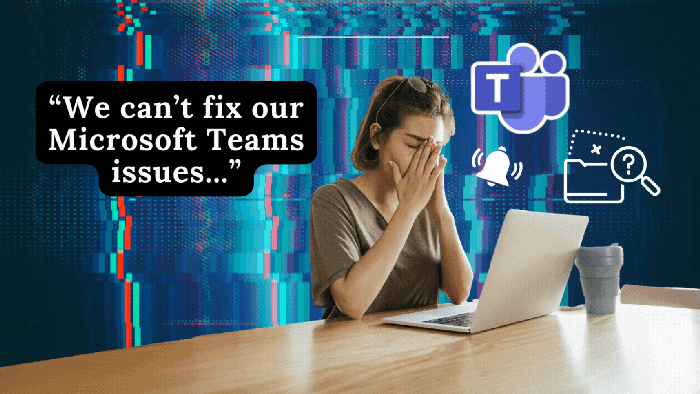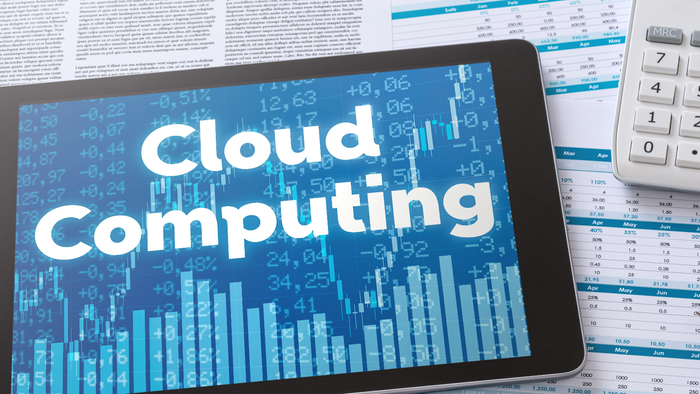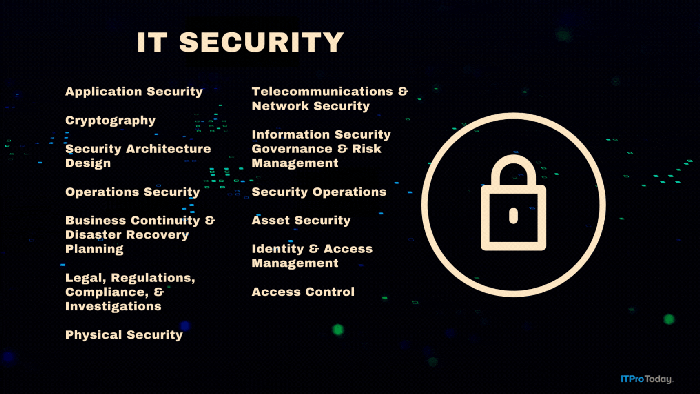Managing Windows 10's New Peer Updating Capability Using GPO
Build 10041 of Windows 10 introduces a new peer-updating feature.
March 20, 2015

Last week, prior to Windows 10 Build 10041 releasing to technical previewers this past Wednesday, reports suggested that a new, Bittorrent-like updating feature would be included. Those that have received and installed the new build can attest that this new feature does exist. When new updates become available, we'll get a chance to test how it works – or if it does actually work this time around. It's possible that it's simply a placeholder for future development. But, we'll see.
To quote myself from last week…
In a nutshell, when software is available for download (security updates, for example), the download begins on all targeted systems on a network. Each system continues to download and stores bits and pieces and once a full copy exists on a system it becomes a "master" where other connected systems can draw from instead of having to continue downloading from the Internet. The beauty of this type of system is that all computers, or peers, can become a master at any given time. If a "master" computer is shutdown or taken off the network, any other system can take over automatically. If the connection to the Internet (Cloud) goes down, no worries, all the important bits are already stored locally and delivery can continue unabated. This type of functionality eliminates the need for sole purpose servers, minimizes bandwidth, and decreases reliance on being connected to the Cloud.
This is not a new idea. Others have been doing it successfully for almost a decade. It's just a concept that Microsoft is adopting in Windows 10 to ease the deployment of updates.
To find it in Windows 10…
Open All Settings
Go to Update & Recovery
Choose Advanced Options
Select Choose how you download updates
And, you're presented with the options for choosing locations to receive updates from.
Obviously, this will be a popular feature, but some companies may decide not to use it – particularly those with existing strong and successful patching policies using a management solution such as System Center Configuration Manager.
The new feature does come with registry entries, meaning it can be manipulated manually, through scripts, and even through Group Policy.
Here's the specifics…
Registry path: HKEY_LOCAL_MACHINESOFTWAREMicrosoftWindowsCurrentVersionDeliveryOptimizationConfig
REG_DWORD Value: DownloadMode
Data: 0 = off; 2 = PCs on my local network; 3 = PCs on my local network, and PCs on the Internet
About the Author
You May Also Like







.png?width=700&auto=webp&quality=80&disable=upscale)